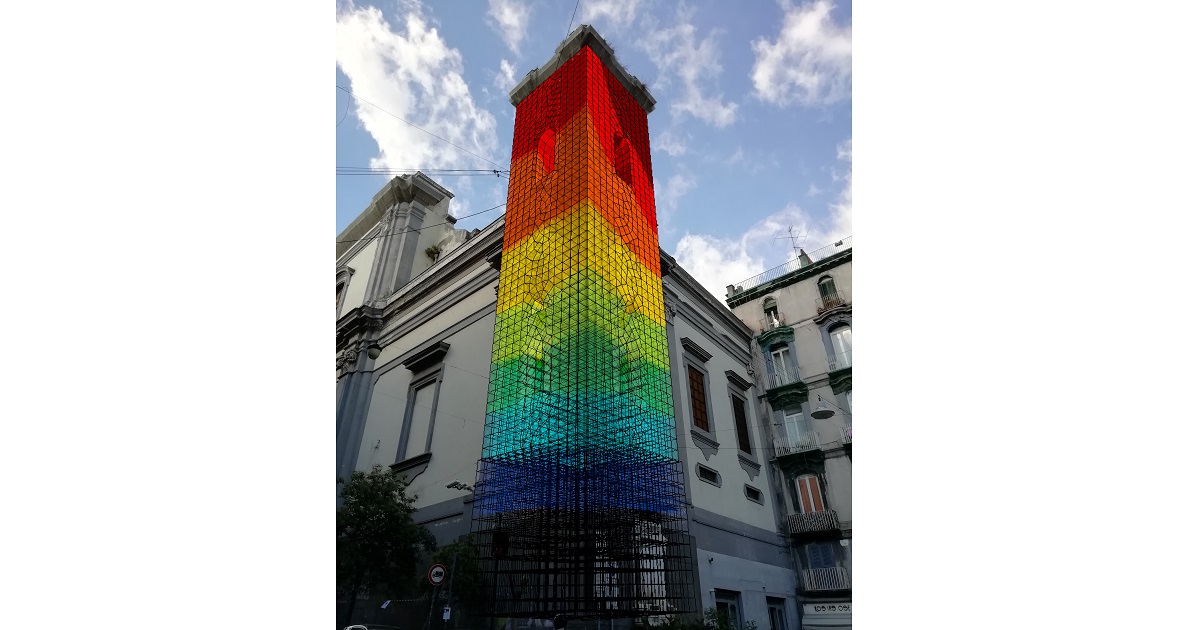Advances in Modelling and Testing the Performance of Masonry Structures
A special issue of Buildings (ISSN 2075-5309). This special issue belongs to the section "Building Structures".
Deadline for manuscript submissions: closed (31 May 2023) | Viewed by 9692

Special Issue Editors
Interests: masonry structures; numerical modelling; inverse problems; structural optimisation; seismic engineering; nonlinear analysis; material testing
Interests: masonry buildings; monumental structures; masonry arch bridges; infilled frames; nonlinear analyses; seismic analyses; discrete models; finite element models
Special Issues, Collections and Topics in MDPI journals
Special Issue Information
Dear Colleagues,
Masonry structures constitute a large part of the built environment, including historical monuments of cultural and artistic significance, and infrastructures still in use as bridges and tunnels. Even though sensibly less than in the past, in some areas, masonry can also be competitive with other materials for new structures. The structural assessment of historical or modern masonry structures requires (i) knowledge of the current state by surveying and testing, including mechanical properties of materials, external restraints, construction details, possible stratification, presence of discontinuities and voids, pre-existing damage, past restoration works; (ii) advanced models and analysis techniques that are able to predict the structural response under ordinary and exceptional loadings, such as earthquakes and fire. Complexity is added by the strongly nonlinear mechanical behaviour of masonry, characterised by anisotropy, softening, damage, unilateral behaviour after cracking, and large variability of materials used worldwide.
This Special Issue welcomes contributions that advance the state of the art of the addressed topics, including but not limited to the following fields:
- Dynamic or static testing of masonry structures;
- Innovative laboratory or in-situ testing methods;
- Full-scale tests on structures;
- Non-destructive testing techniques;
- Advanced theoretical models and numerical techniques;
- Analysis and assessment of masonry-built heritage;
- Advances in assessment procedures for masonry structures;
- Vulnerability assessment of built environment at the territorial scale.
Original research papers, as well as case studies and reviews, are invited for possible publication in this Special Issue
Dr. Corrado Chisari
Dr. Bartolomeo Pantò
Guest Editors
Manuscript Submission Information
Manuscripts should be submitted online at www.mdpi.com by registering and logging in to this website. Once you are registered, click here to go to the submission form. Manuscripts can be submitted until the deadline. All submissions that pass pre-check are peer-reviewed. Accepted papers will be published continuously in the journal (as soon as accepted) and will be listed together on the special issue website. Research articles, review articles as well as short communications are invited. For planned papers, a title and short abstract (about 100 words) can be sent to the Editorial Office for announcement on this website.
Submitted manuscripts should not have been published previously, nor be under consideration for publication elsewhere (except conference proceedings papers). All manuscripts are thoroughly refereed through a single-blind peer-review process. A guide for authors and other relevant information for submission of manuscripts is available on the Instructions for Authors page. Buildings is an international peer-reviewed open access monthly journal published by MDPI.
Please visit the Instructions for Authors page before submitting a manuscript. The Article Processing Charge (APC) for publication in this open access journal is 2600 CHF (Swiss Francs). Submitted papers should be well formatted and use good English. Authors may use MDPI's English editing service prior to publication or during author revisions.
Keywords
- non-destructive testing
- in-situ testing
- mechanical properties
- numerical modelling
- dynamic simulations
- nonlinear analysis
- structural assessment
- architectural and historical heritage






